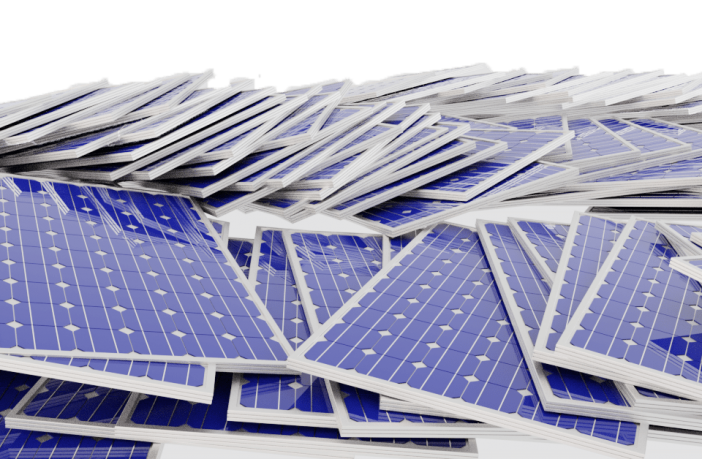- The first global assessment into the most promising approaches to end-of-life management of solar PV modules has just been released.
- Solar PV modules have a 30-year lifespan and there are currently no definitive plans for how to manage the unit at the end of its lifespan.
IRENA estimates that global PV waste streams would grow from 250,000 tons at the end of 2016 (less than 1% of installed capacity) to more than five million metric tons by 2050.
In addition to sheer quantity, the nature of the waste also poses a challenge because PV modules are made of valuable, precious, critical and toxic material. There is currently no standard for how to recycle these valuable materials or mitigate the toxic ones.
Researchers at the US-based National Renewable Energy Laboratory (NREL) have done a global assessment of all PV recycling efforts to identify the most promises approaches to dealing with these issues.
“PV is a major part of the energy transition,” said Garvin Heath, a senior scientist at NREL who specialises in sustainability science. “We must be good stewards of these materials and develop a circular economy for PV modules.”
Heath is the lead author of the report Research and development priorities for silicon photovoltaic module recycling supporting a circular economy, which was published online in the journal Nature Energy.
His NREL co-authors are Timothy Silverman, Michael Kempe, Michael Deceglie and Teresa Barnes. They also worked with former NREL colleagues Tim Remo and Hao Cui and collaborated with outside experts.
Recycling solar PV modules packed with crystalline silicon
The report focuses on the recycling of crystalline silicon, which is a material used in more than 90% of installed PV systems in a very pure form.
It accounts for about half of the energy, carbon footprint and cost to produce PV modules, yet only a small portion of their mass. Silicon’s value is determined by its purity and Silverman, the PV hardware expert, says the purification process demands a heavy investment.
“HOW CAN WE GET BACK THAT ENERGY AND MATERIAL INVESTMENT IN THE BEST WAY FOR THE ENVIRONMENT?” – SILVERMAN
“For a PV module, you take these silicon cells, seal them up in a weatherproof package where they’re touching other materials, and wait for 20 to 30 years—all the while, PV technology is improving. How can we get back that energy and material investment in the best way for the environment?” asked Silverman.
The authors found that while some countries do have solar PV modules recycling regulation in place, others are only starting to consider solutions. Right now, only one recycling plant in France can handle crystalline silicon PV recycling and another is planned to open in Germany soon.
Based on their findings the authors recommend research and development to reduce recycling costs and environmental impact whilst maximising material recovery.
They suggest focusing on high-value silicon versus intact silicon wafers which often crack and would not likely meet today’s exacting standards to enable direct re-use. Recovering high-value silicon though would need further research and development of silicon purification processes.
Overall though, the authors noted that finding ways to avoid waste in the first place is an important factor to consider, as is finding ways to make solar panels last longer, use material more effectively and product electricity more efficiently.
Silverman pointed out that research and development is very necessary because the accumulation of waste will sneak up on us: “Much like the exponential growth of PV installations, it will seem to move slowly and then rapidly accelerate. By the time there’s enough waste to open a PV-dedicated facility, we need to have already studied the proper process,” said Silverman
Author: Theresa Smith
This article was originally published on ESI Africa and is republished with permission with minor editorial changes.











